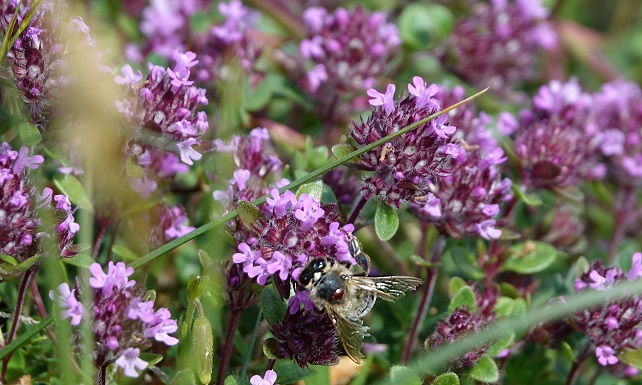
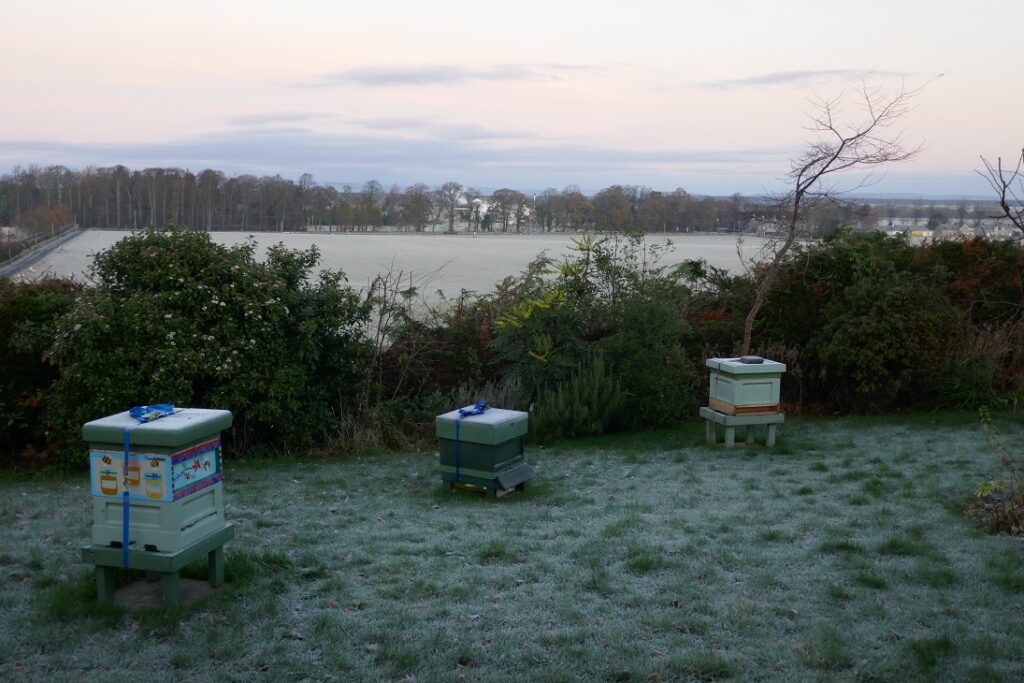
Here in Nairnshire, he last week of November has been full of surprises with a mixture of glorious sunshine one day, and battering rain the next. The overnight temperature dropped to -3 degrees Celsius overnight on Saturday, and even lower last night. with very hard frosts next day. That stopped the bees foraging, but I’d discovered earlier some coming home covered in yellow broom (Cystisus scoparius). I checked out the pollen under the microscope to confirm this. Also, I’ve just discovered that Mahonia (Mahonia spp.), which is flowering now, secretes copious nectar from around the base of each receptacle so I think I might plant more of these shrubs.
Varroa Control.
The main beekeeping goal this week was varroa control and it took me about a minute per hive to sublime/vaporize 2g oxalic acid crystals using the Gas-Vap http://gas-vap.com/Home I wore a protective gas mask etc. as discussed in a previous blog on using organic acids. I used the low setting on the blow torch to avoid overheating the crystals and I could see particles of vaporized acid shooting into the hive entrance which was good. There is no temperature recording/control on any of the vaporization devices that I’ve come across so I’m hoping for the best here. The reason for this is that oxalic acid must reach a temperature of of 157C Celsius to sublime.
Sublime means the change from a solid to a vapour when heated and the formation of a solid deposit again on cooling. The other problem is overheating for if the temperature reaches 189.5 C Celsius oxalic acid decomposes to form formic acid, carbon dioxide, carbon monoxide and water. The Danish beekeepers use only the trickle method of oxalic acid treatment but I think that that’s for personal safety reasons mainly. I like getting it over and done with quickly which is why I vaporize, and it is less of a faff than making up the liquid solution. I hate getting cold in the winter apiary when circulation and feeling fade in my fingers.
The results after 48 hours were favourable with only a few dead varroa as I’d expected. Why do I treat at all if I am expecting a low drop you may be thinking? Well, I am not confident that the drop through the open mesh floor is accurate. You just need a bit of debris/a few dead bees to block the mesh and skew results. Besides, some of my hives don’t have collecting trays and I know that blue tits peck things from them. I’ve seen them, and robins too pecking the boards on the ground. The highest varroa drops were 7 and 10 from colonies acquired at the end of summer but I’m happy with that. I treat every colony at this time of year, and using only organic acids gives me confidence that I am not breeding resistant varroa or harming the bees.
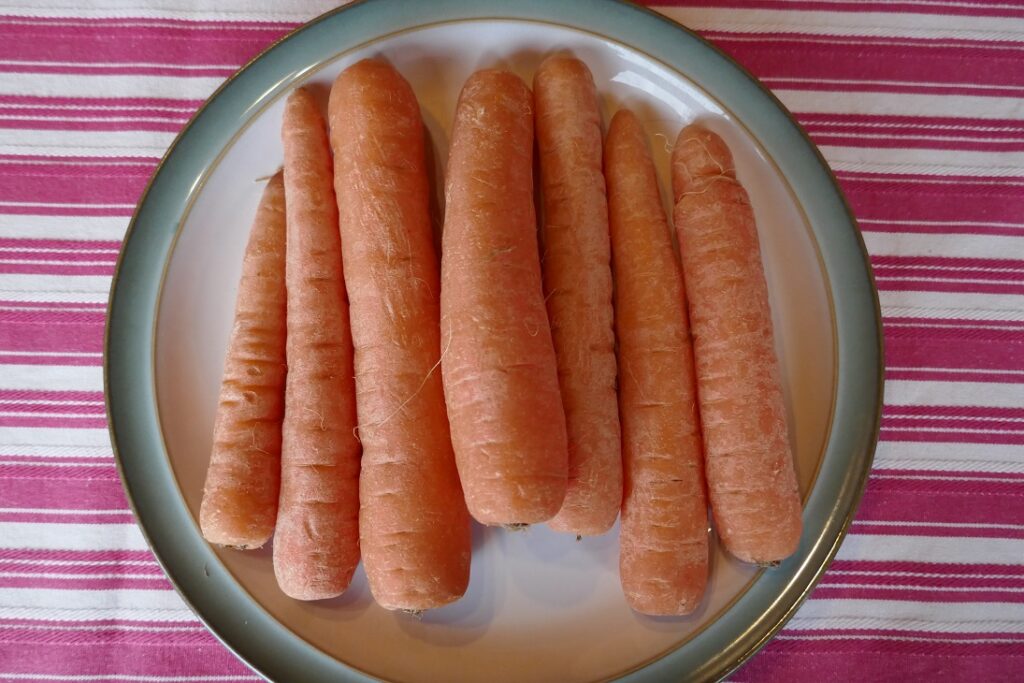
Natural is Not Necessarily Safe!
It’s easy to imagine that naturally occurring substances are all safe for our bees but this is not so, and I’m careful to use products that are licenced for use in the UK. You can peruse the Veterinary Medicines Directorate on BeeBase to find out what treatments are permitted here in UK.
http://www.nationalbeeunit.com/
A recent Zoom presentation about propolis by Marla Spivak from Minnesota highlighted the strength of natural substances such as volatile oils. Spivak and colleagues have done some valuable research on the propolis envelope, and breeding bees with varroa sensitive hygiene behaviour (VSH). This has great relevance and practical application to beekeepers.
In the wild, colonies coat the inside of nest cavities with thick layers of propolis which coats the entrance also. Although propolis is antimicrobial, and helps a colony with social immunity, it can also be toxic. Brood are reared in cells coated with propolis but only the bees know how much is enough. We haven’t got that knowledge yet. Experimentally caged bees died when treated with propolis which means that it’s unwise to regard nature’s materials as benign and fiddle with homemade treatments however tempting it might be to shove a few carrots in the hive, or spray a propolis tincture around. Here are a couple of links to propolis research by Spivak et al.
How Did We Get Varroa?
Varroa is still the main problem in beekeeping. Despite a long list of other challenges, the havoc wreaked by varroa surpasses none so far. Starting at the beginning of the varroa pandemic and working towards the present, I’m going to examine varroa looking at the biology and relationship with honey bees to give a better understanding of the beast, and how to more effectively deal with this major health issue.
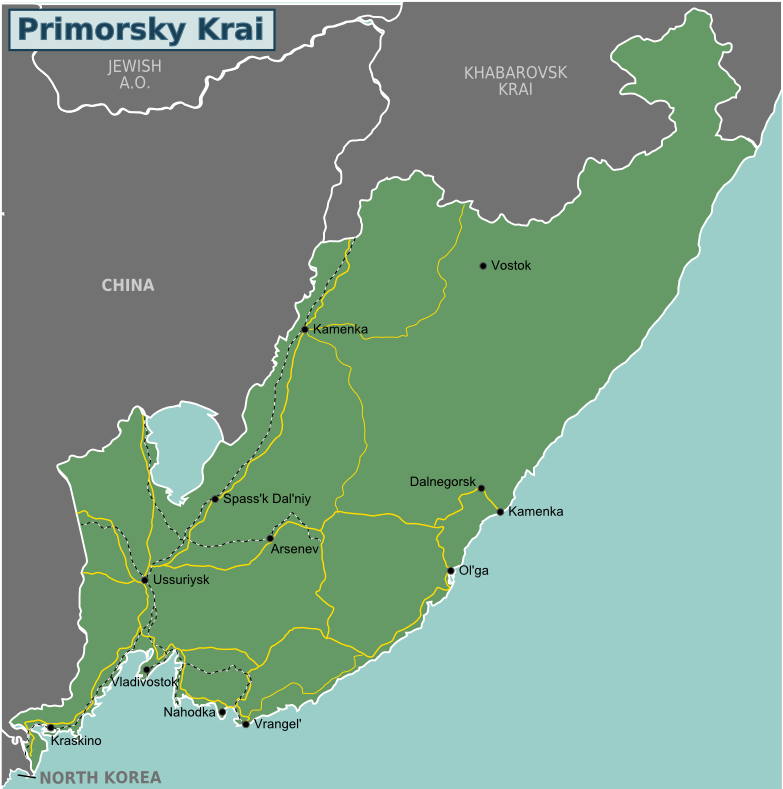
1904.
Edward Jacobsen discovered varroa on Apis cerana on the island of Java in 1904 and the mite was named Varroa jacobsoni after him. This mite is endemic across Asia and its natural host is Apis cerana. Over a long period, this Asian honey bee evolved to live to side by side with the mite in a stable relationship which caused no problems to bee health. Varroa jacobsoni was originally confined mainly to Asia and was separated from Apis mellifera species by the rugged geography of Siberia in the north, and to the west by the arid desert regions of Iran and Afghanistan.
In the early 1900s, beekeepers moved stocks of A.mellifera from western Russia and Ukraine to Primorsky which is the most eastern area of Russia and borders with China and North Korea as you can see above. It is not exactly clear how varroa initially jumped species but it could have been through colony robbing, or beekeepers transferring brood combs from A.cerana to A.mellifera (1).
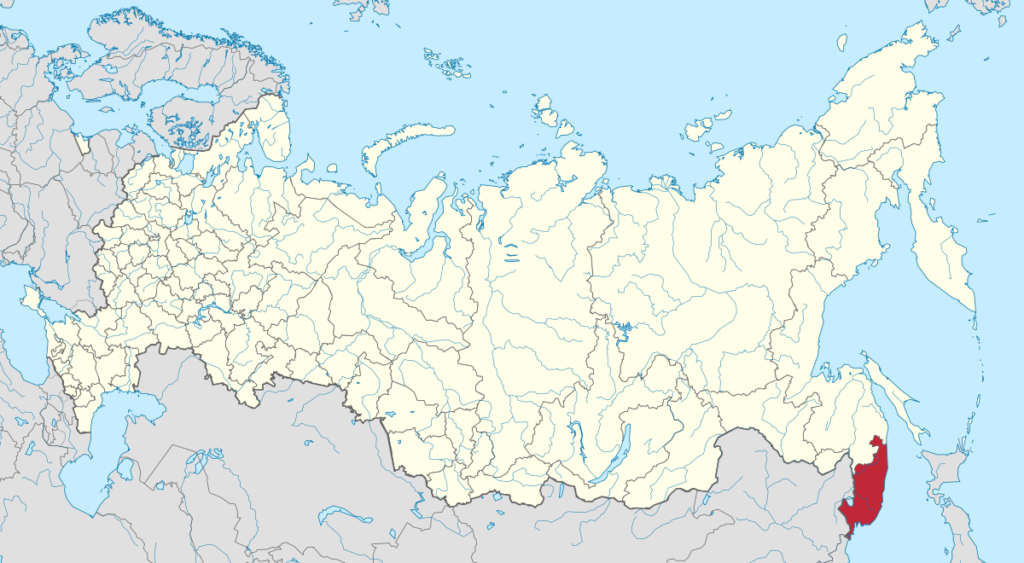
Later last century, as the demand for honey rose and commercial beekeeping expanded- world wide, stocks of Western honey bees (Apis mellifera) were imported into Asia in the 1930s (2). The latter produce larger colonies than the native bees and would increase honey production.
Exporting Bees to Europe.
Varroa spread across Russia from east to west as mite-infested queens were transported in the 1950s and 60s. To avoid any confusion, I must explain that the mites parasitizing A. mellifera were called V. jacobsoni until 2000 when they were genetically analysed, reclassified and named Varroa destructor. Today, V. jacobsoni only parasitizes A. cerana.
World trade in honey bee queens and packages increased in the mid 20th century. Russia quickly spread V. destructor (varroa) to Europe. Like wildfire, it spread to the rest of the world apart from Australia, and the Aland Islands in Finland. This bears testimony to the rigorous bio-security and quarantine measures taken by these latter countries. There are still pockets of varroa-free areas in countries like Scotland. For example, the island of Colonsay which is a protected reserve for the native dark honey bee, Apis mellifera mellifera, is free from varroa.
Arrival in Europe.
Varroa was first reported in Bulgaria in 1967, Germany in 1971, and Romania 1975 (2). Romania and Bulgaria sent packaged bees to Tunisia and Libya as part of foreign aid so it spread there around 1976. Paraguay found varroa in 1971 and Brazil the following year. Varroa arrived in Florida in the mid 1980s and it travelled north reaching New York in the early ’90s. In 1992 its arrival was reported in the UK. It hit England first then it made its way north to Scotland arriving a couple of years later. So, here in Scotland we have had varroa for 26 years.
References.
(1) Seeley, T.D., 2019. The Lives of Bees. Princeton University Press, Princeton and Oxford.
(2) Vidal-Naquet, N., 2015, Honeybee Veterinary Medicine. 5M Publishing, Sheffield.
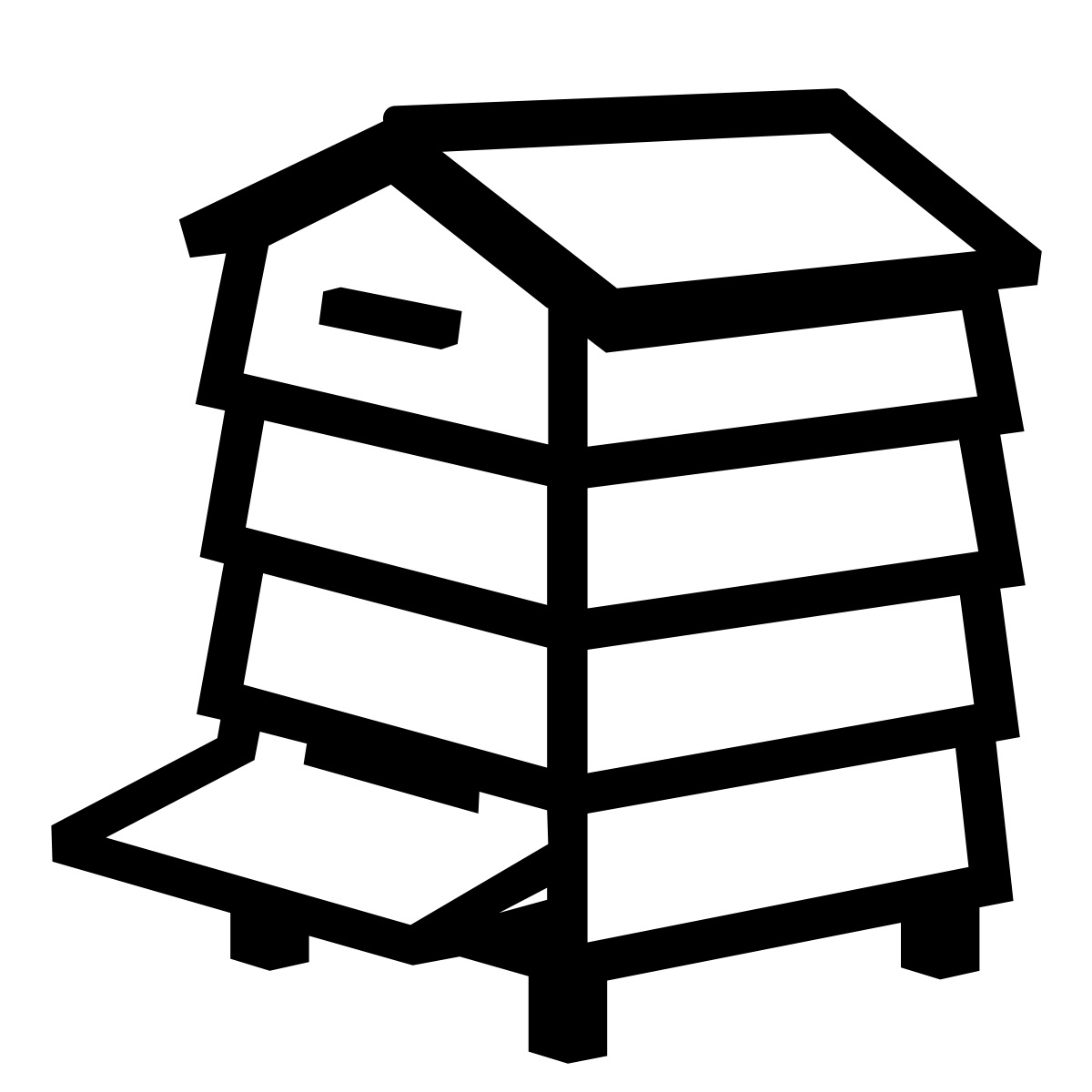

Excellent review, Ann, of the history of how Varroa destructor was spread by humans) to nearly every place where beekeepers keep Apis mellifera. I like how you make it clear that there is still a deep mystery about how Varroa jacobsoni accomplished its host shift from A. cerana to A. mellifera, and in doing so became Varroa destructor. Maybe by beekeepers in Primorsky mixing frames of brood of A. mellifera and A. cerana in their hives? A mystery!
Thanks, Tom.